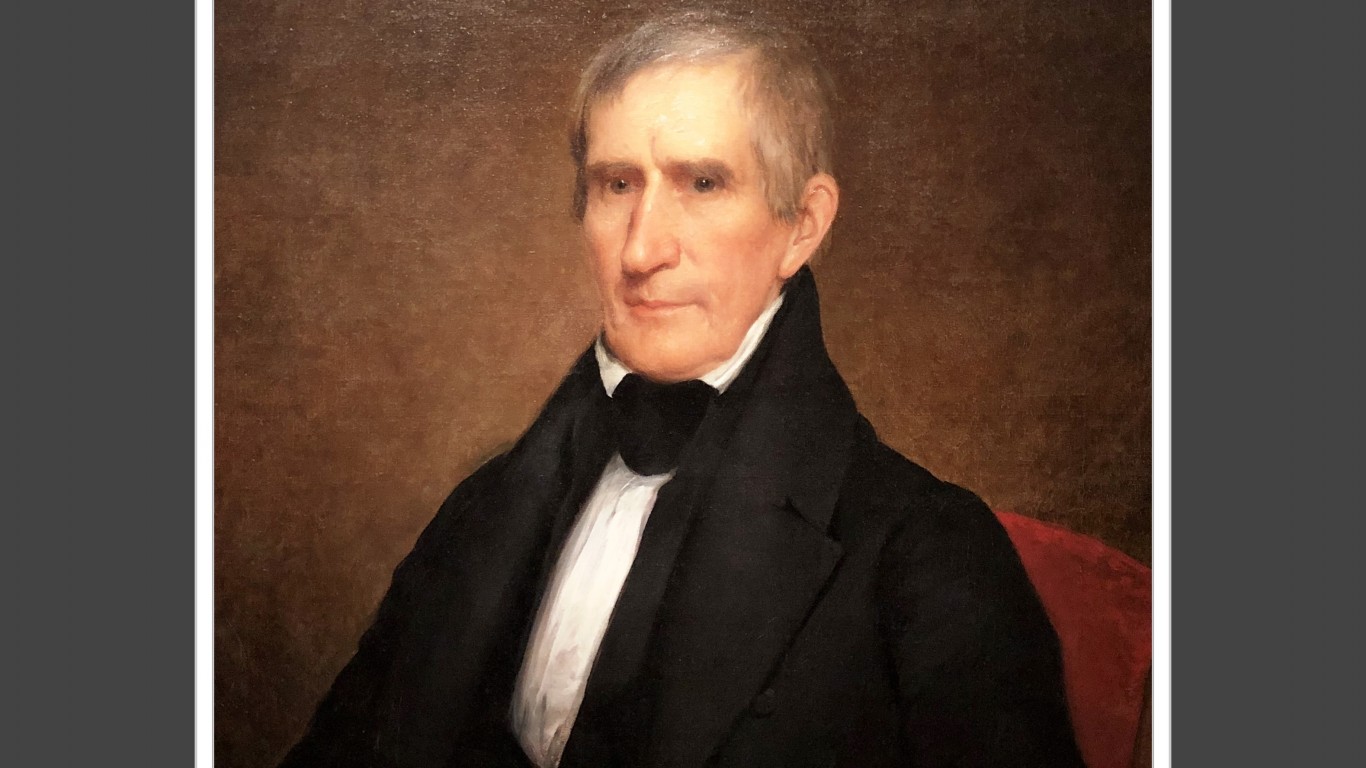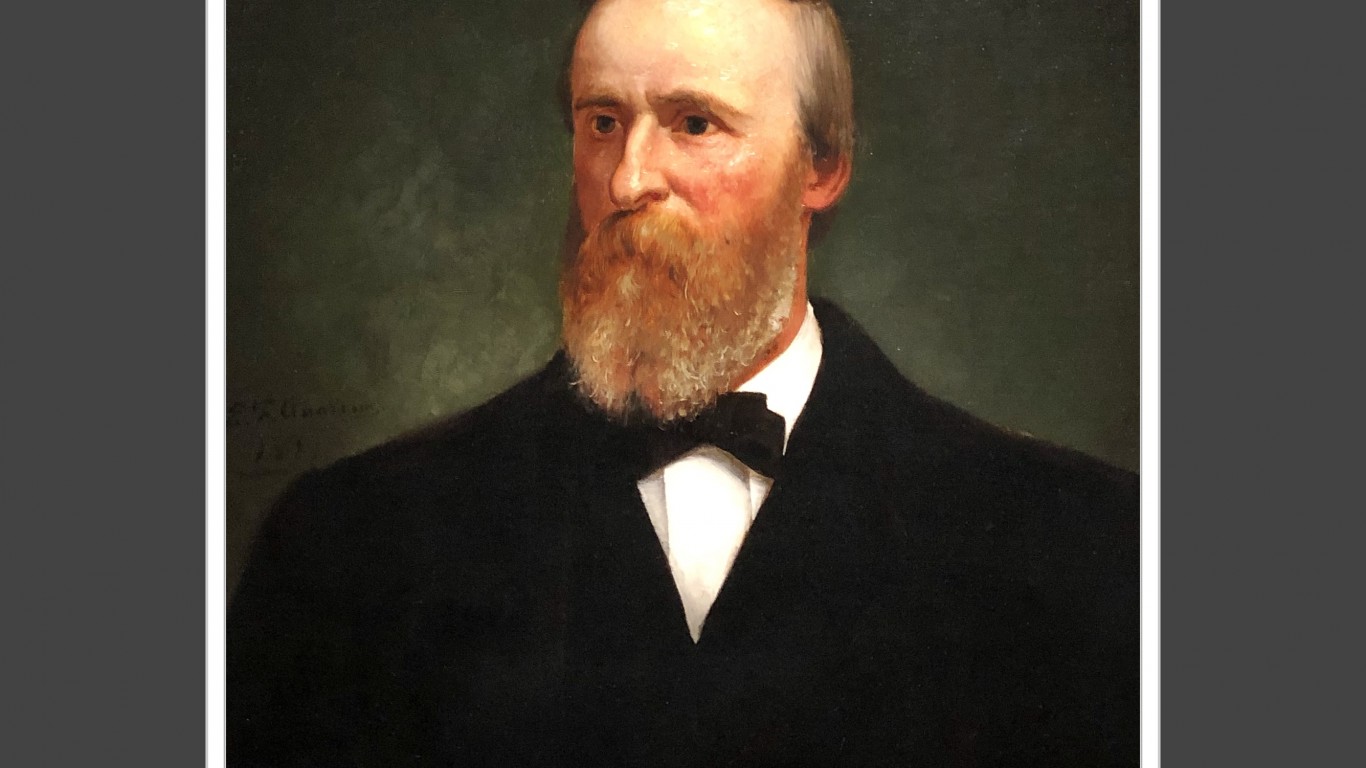
History is full of examples of generals who became the leaders of nations. Simón Bolívar, called The Liberator, led successful campaigns against Spanish rule in what would become Venezuela, Colombia, Peru, Ecuador, Panama, and Bolivia, before becoming their overall president. Napoleon Bonaparte became emperor of France after subjugating most of Europe. Germany turned to aging WWI hero Paul Hindenburg to be the democratically president of the Weimar Republic.
None of the one-time generals who became president of the U.S. can claim to have been an emperor or to have held the title of Liberator, but they all clearly demonstrated leadership qualities that enabled them to ascend to the White House. Their exploits in battle or behind the scenes would serve as fodder for their presidential campaigns. (See each president’s path to the Oval Office.)
To compile a list of American generals who became presidents, 24/7 Tempo referred to sources such as Periodic Presidents and Military.com.
Half of the presidents on this list served in the Civil War. Three of those generals – Ulysses S. Grant, Rutherford B. Hayes, and James A. Garfield – served with valor and distinction. (At whatever rank, these are the 31 presidents who served in the military.)
Click here to see the 12 U.S. presidents who were generals
The last man to win the presidency after serving as general, Dwight D. Eisenhower, understood the qualities of leadership. When the Western Allies launched the invasion of Normandy, success was not guaranteed. Eisenhower, the Supreme Commander of Allied Forces, drew up a letter accepting all responsibility if Operation Overlord failed. “Leadership consists of nothing but taking responsibility for everything that goes wrong,” he said later in his career, “and giving your subordinates credit for everything that goes well.”

George Washington (1732-1799)
> Presidential term: 1789-1797
When the Revolutionary War started, Washington was named major general and he became commander-in-chief of the Continental Army, serving from 1775 to 1783. When the war was over, he returned home to Mount Vernon, his estate in Virginia – but his country called him back to service, with Congress unanimously electing him as the nation’s first president in 1789. His tenure as president would define the chief executive’s office. In 1976, Washington was posthumously appointed to the six-star grade of General of the Armies of the United States by Congress, the highest rank of any U.S. general.
[in-text-ad]
Andrew Jackson (1767-1845)
> Presidential term: 1829-1837
The feisty Andrew Jackson was appointed as a major general of the Tennessee militia in 1802, even though he lacked formal military training. His nickname “Old Hickory,” after the deep-rooted hickory tree, spoke to his toughness. Jackson gained fame for winning several battles against Native American forces during the Creek War – after which he was promoted to the rank of major general in the Regular Army of the United States – and for subsequently defeating the British in the Battle of New Orleans during the War of 1812.
William Henry Harrison (1773-1841)
> Presidential term: 1841
William Henry Harrison, the shortest-serving president, joined the Army in 1791 and became aide-de-camp to General “Mad Anthony” Wayne, fighting in the Northwest Indian and Tecumseh wars. Harrison subdued the Shawnee on the Tippecanoe River in 1811, earning him the nickname “Old Tip.” He became brigadier general and commander of the Army of the Northwest in 1812, and defeated a combined force of British and Native Americans in 1813. He resigned from the Army in 1814.
Zachary Taylor (1784-1850)
> Presidential term: 1849-1850
Zachary Taylor had a long career in the U.S. Army that helped put him in the White House. He rose through the ranks during the War of 1812, the Black Hawk War, and the Second Seminole War. During the Mexican-American War, his victories at Palo Alto, Monterrey, and Buena Vista earned him a promotion to major general and made him a presidential contender. He won the presidency in 1848. Taylor was only president for 16 months, and died in 1850 from acute gastroenteritis.
[in-text-ad-2]
Franklin Pierce (1804-1869)
> Presidential term: 1853-1857
Pierce, whose father served under George Washington during the American Revolution, joined the New Hampshire militia in 1831, rising to the rank of colonel. When the U.S. declared war on Mexico in 1846, he signed up to serve in the regular army and the following year was promoted to brigadier general, attaining the rank through political connections. Pierce was involved in several military engagements, and at one point a bullet punctured his hat – but he served without distinction.
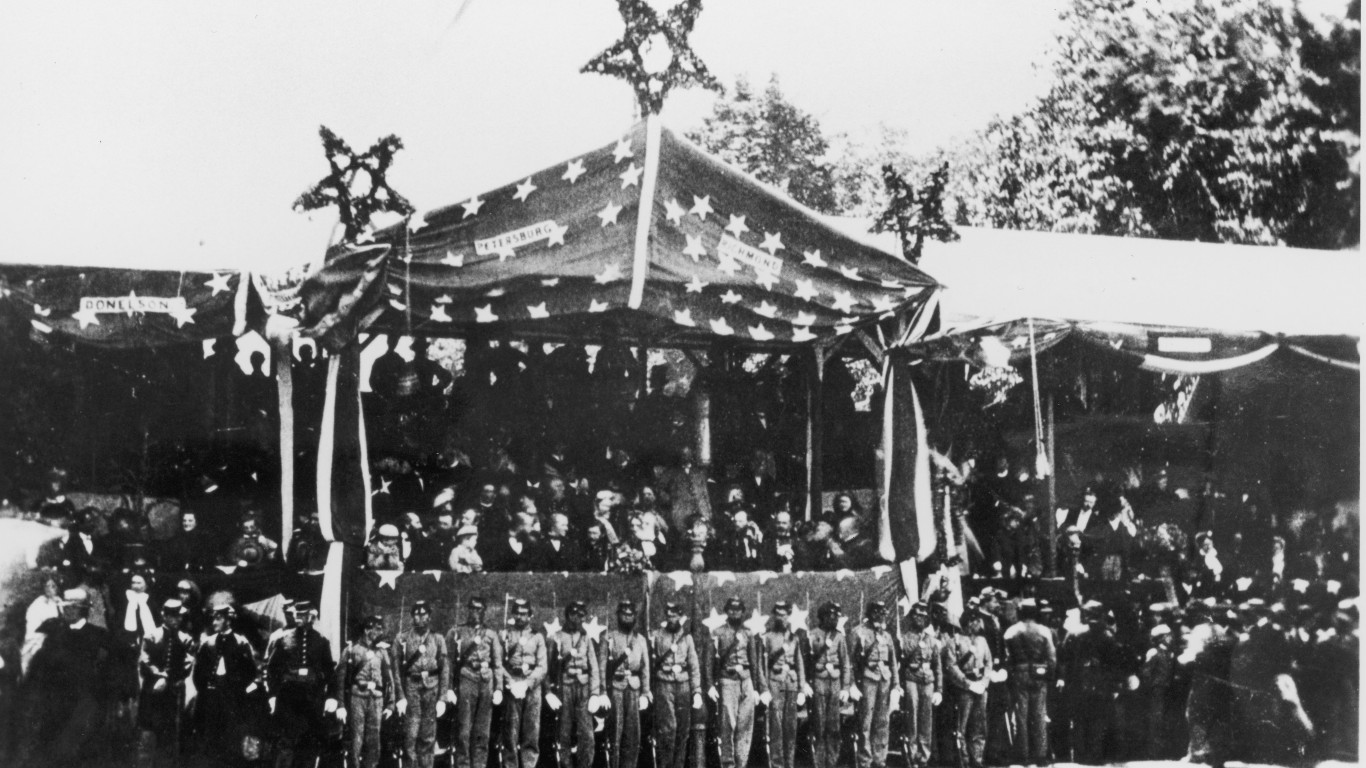
Andrew Johnson (1808-1875)
> Presidential term: 1865-1869
Andrew Johnson of Tennessee was the only Southern senator not to vote for secession. In 1862, Abraham Lincoln appointed him military governor of Tennessee, with the rank of brigadier general. Johnson held this position throughout the Civil War until he was elected vice president in 1864.
[in-text-ad]

Ulysses S. Grant (1822-1885)
> Presidential term: 1869-1877
Ulysses S.Grant was the nation’s first four-star general. In the Mexican-American War, he served under General Zachary Taylor and with Robert E. Lee, his eventual opponent. Grant left the service but returned at the outbreak of the Civil War in 1861. He scored major victories at Fort Donelson, Shiloh, Vicksburg, and Chattanooga. Grant was commander of the Union armies from 1864 to 1865, eventually leading the Union to victory over the Confederacy.
Rutherford B. Hayes (1822-1893)
> Presidential term: 1877-1881
Rutherford B. Hayes, an Ohio native, rose to major general during the Civil War. He was wounded five times, including during the Battle of South Mountain. While he was still in the Army, Republicans from Cincinnati convinced Hayes to run for the House of Representatives. He won easily, then became governor of Ohio, and then was elected president in 1876.
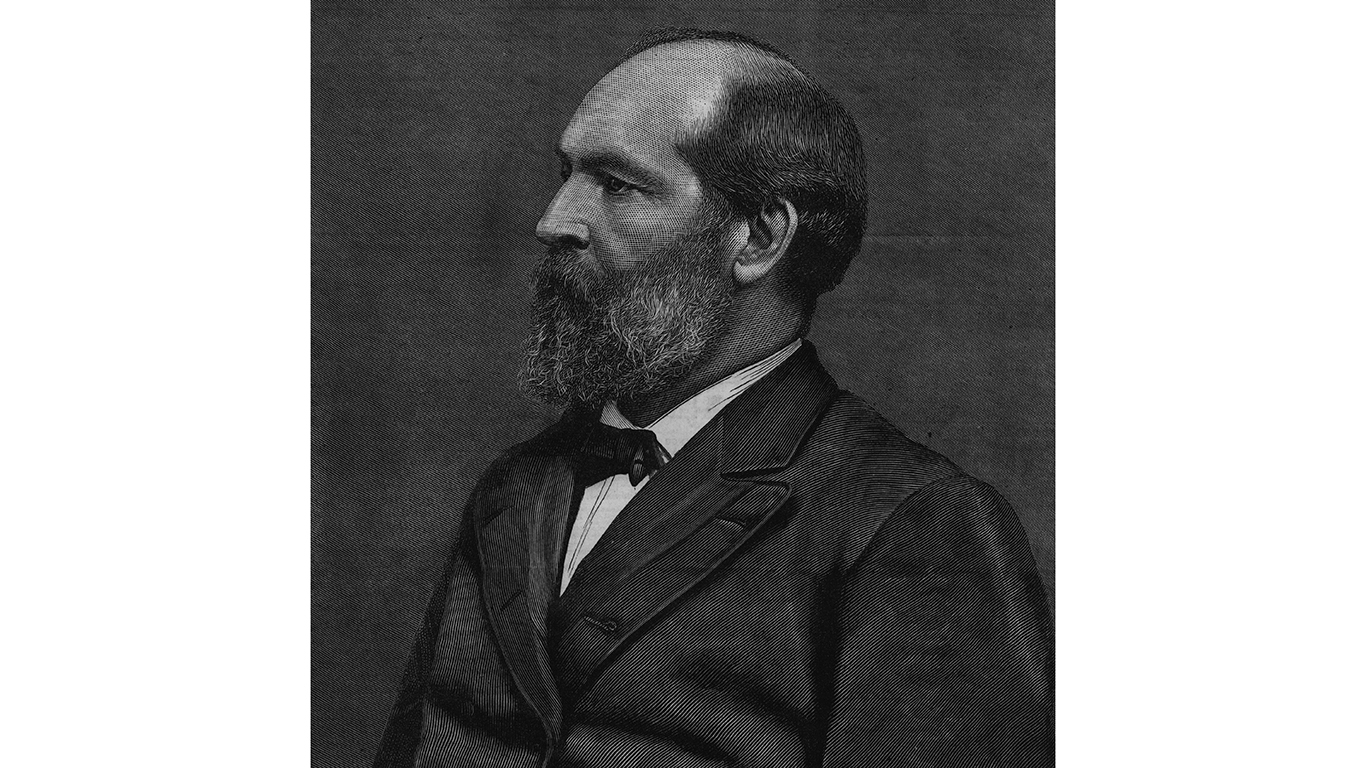
James A. Garfield (1831-1881)
> Presidential term: 1881
Another Ohio native, James Garfield volunteered for service during the Civil War and fought at the battles of Shiloh, Middle Creek, and Chickamauga. It was at Middle Creek that Garfield became a hero, in an engagement called “the battle that made a presidency.” He became a major general at age 30 and was one of the youngest officers in the Civil War to hold that rank. Garfield resigned from the Army and was elected to Congress. That put him on the path to the White House and he was elected in 1880. He was the second president assassinated, just four months into his presidency.
[in-text-ad-2]
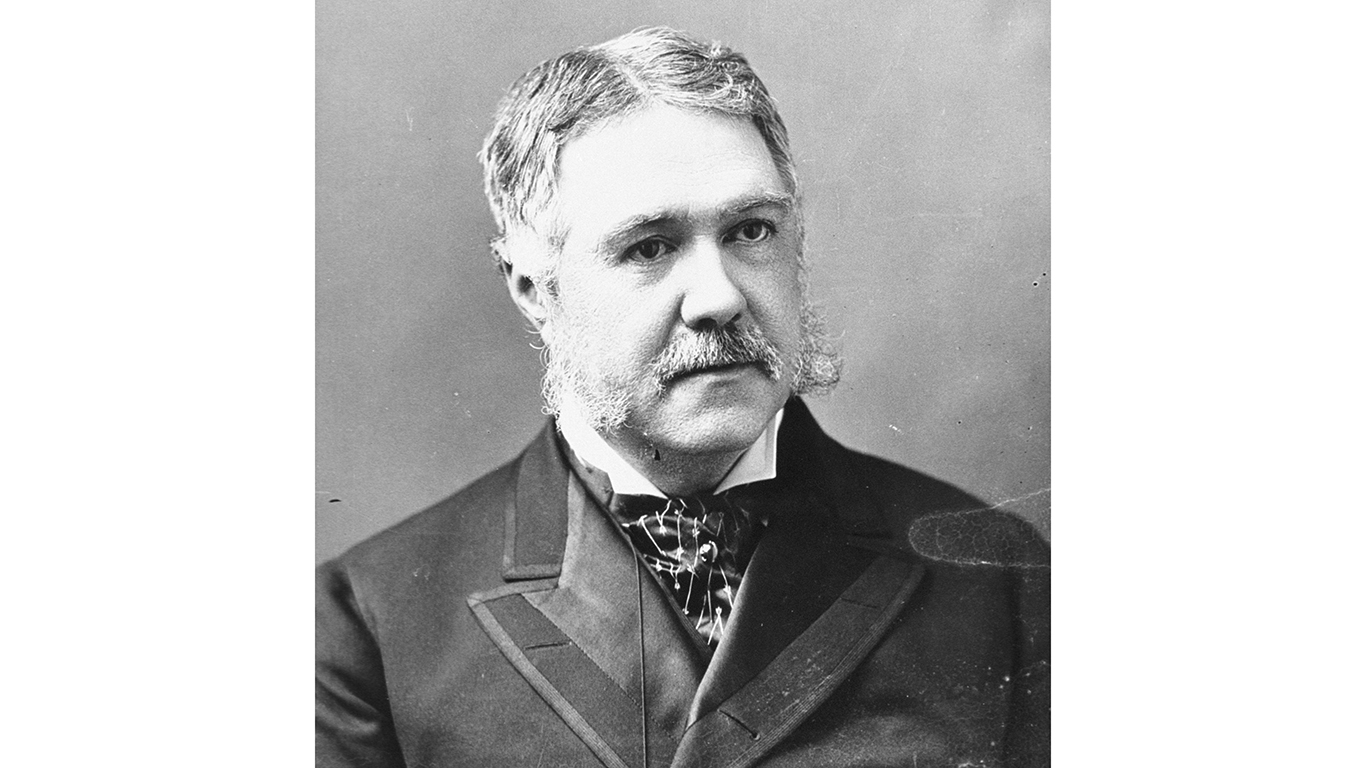
Chester A. Arthur (1829-1886)
> Presidential term: 1881-1885
Chester A. Arthur joined the New York state militia in 1858, partly for its political connections. During the Civil War, Arthur was appointed by New York’s governor as engineer-in-chief with the rank of quartermaster general (today called logistical officer) for the militia. In that role, Arthur was in charge of provisioning and housing New York’s troops. Arthur didn’t serve on the battlefield because his wife was a Virginian and had relatives fighting for the Confederacy. He retired from the Army in 1863 and returned to practicing law. Arthur became the nation’s 21st president after the assassination of James A. Garfield.

Benjamin Harrison (1833-1901)
> Presidential term: 1889-1893
The grandson of William Henry Harrison, the nation’s ninth president (and also a brigadier general in the army), Benjamin Harrison joined the Union Army after the Civil War broke out as a lieutenant in the 70th Indiana Volunteer Infantry Regiment. He attained the rank of brevet brigadier general in 1865. Harrison never served in the field and did not earn the military fame of his grandfather. He recruited volunteers from Indiana to fight in the Civil War.
[in-text-ad]

Dwight D. Eisenhower (1890-1969)
> Presidential term: 1953-1961
After Harrison, it would be another 60 years before another general reached the White House. Dwight D. Eisenhower rose to commanding general, European theater, in 1942, and led successful campaigns in North Africa, Sicily, and Italy. He was named Supreme Commander of Allied Forces, and his diplomatic skill helped the coalition of Western Allies defeat Nazi Germany. Eisenhower’s ability to oversee massive undertakings like the invasion of Normandy and delegate authority to subordinates helped him become the 34th president.
Are You Ahead, or Behind on Retirement? (sponsor)
If you’re one of the over 4 Million Americans set to retire this year, you may want to pay attention. Many people have worked their whole lives preparing to retire without ever knowing the answer to the most important question: are you ahead, or behind on your retirement goals?
Don’t make the same mistake. It’s an easy question to answer. A quick conversation with a financial advisor can help you unpack your savings, spending, and goals for your money. With SmartAsset’s free tool, you can connect with vetted financial advisors in minutes.
Why wait? Click here to get started today!
Thank you for reading! Have some feedback for us?
Contact the 24/7 Wall St. editorial team.
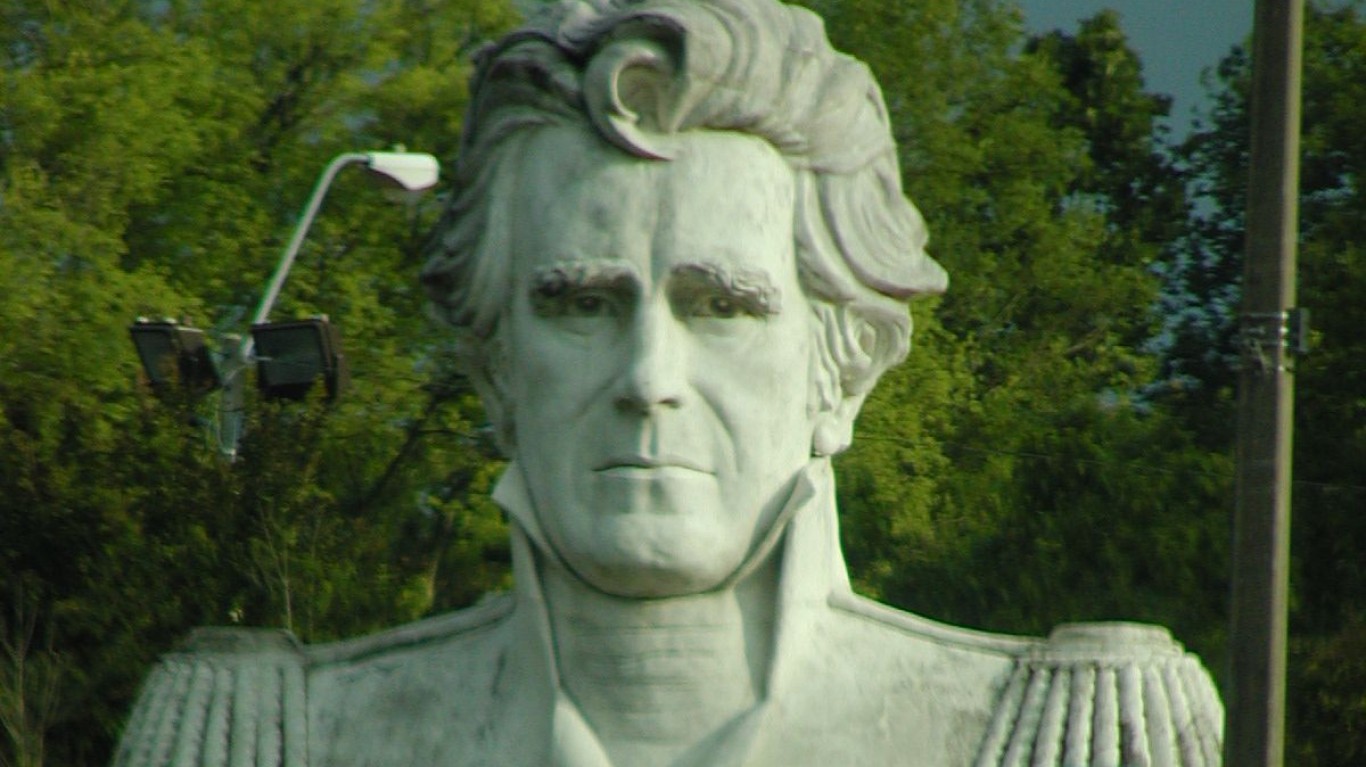
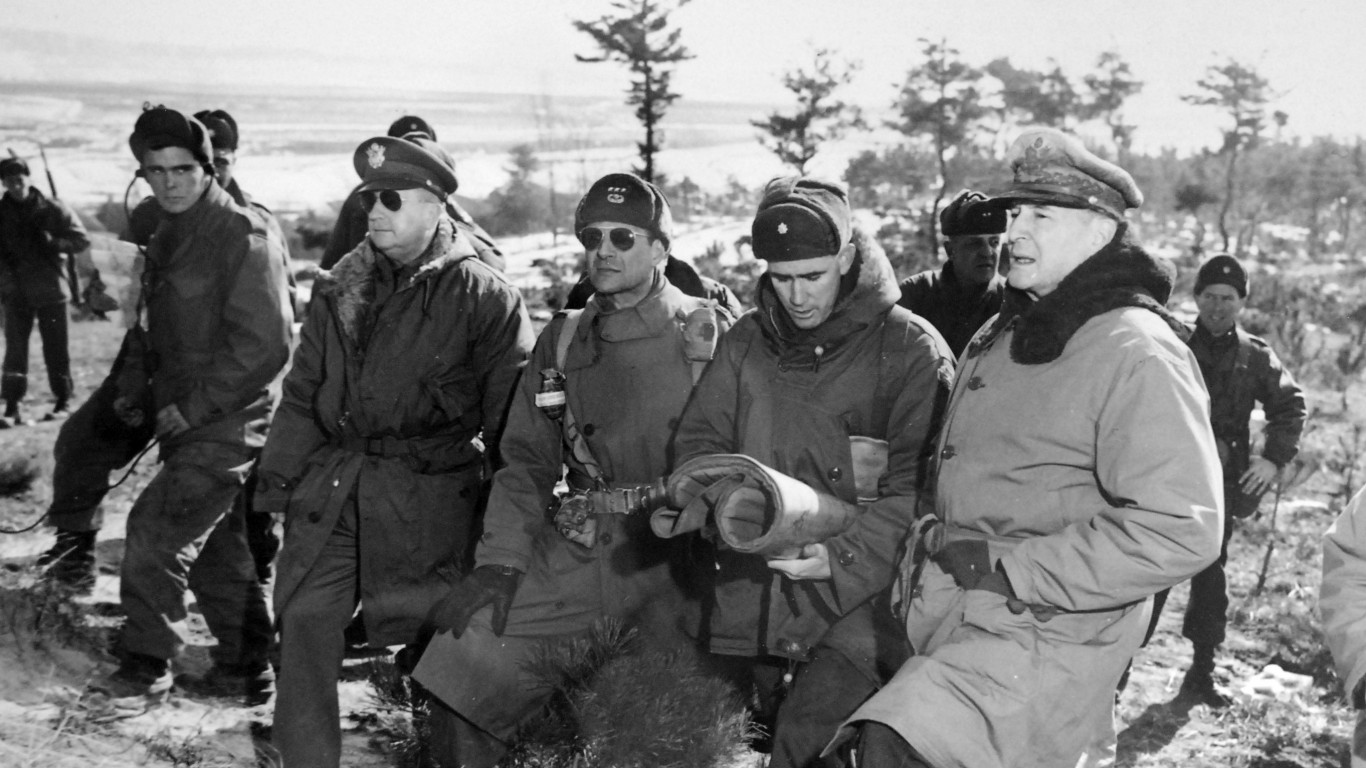 24/7 Wall St.
24/7 Wall St.